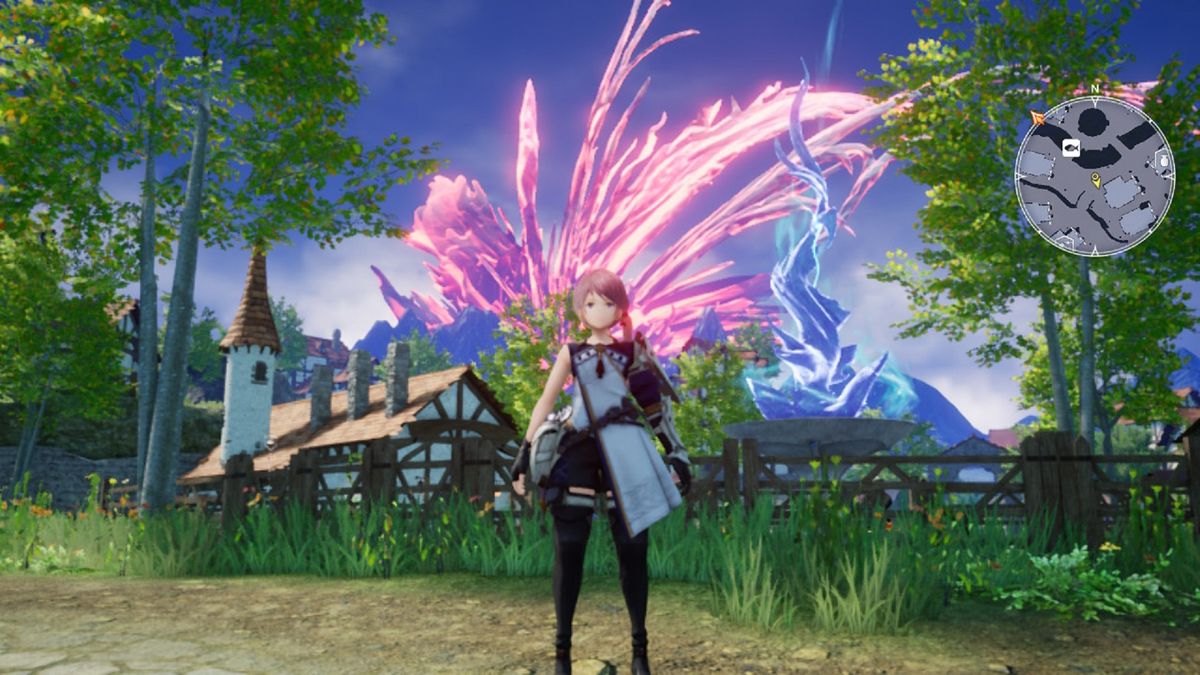Harvestella was sold as a “life sim RPG,” but that greatly underplays how much it focused on fighting and discovery. The lifestyle and farm sim parts are there, but they don’t really stand out in this classic adventure, JPRG.
The deceptive example may be the most important thing to look at when judging the quality of Harvestella. It looks like the demo is doing more harm than good for Square Enix right now. The demo creates the worst possible situation: a game that moves terribly slowly and has a time limit that makes days go by so quickly that you feel like you can’t get anything done.
On top of that, the demo shows fighting that is horribly one-dimensional. You only have one job at first, and you can’t stop or avoid strikes. On top of that, the farm SIM parts don’t really shine either, since the test only gives you a small plot of land that you can’t really afford to grow much on.
This review would be very different if the live version had been the same as the test.
Play that gets better as you play it!
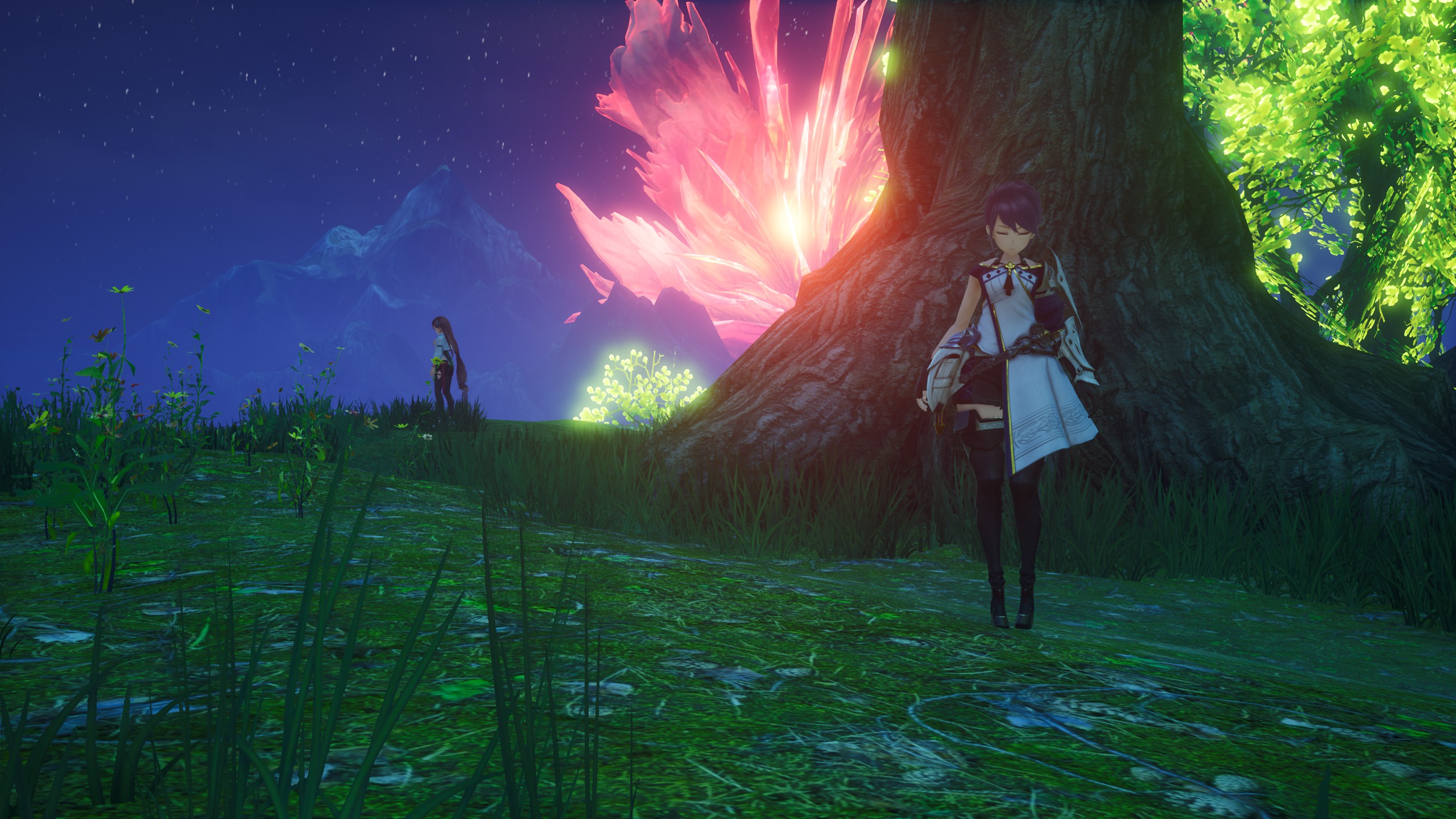
Luckily, almost every part of the demo has been made better in the full game. Based on what people said about the demo, Square Enix made some improvements. With these changes, your in-game days are much longer, you can switch jobs faster, and you’ll be warned when your character is low on health.
If not, more time is what Harvestella really needs to shine. This is when the game really starts to pick up, both in terms of gameplay and story. Harvestella has a lot to offer once you get past the very slow beginning.
Build up
In Harvestella, you spend 80 to 90% of your time either on missions or talking to people. This isn’t what many people thought when Square Enix first released the game. The game has been likened to Stardew Valley and Final Fantasy many times in the past. As you progress through Harvestella, it starts to feel more like a live-action Final Fantasy game than a calm life and farm sim game with some fighting like Stardew Valley.
Harvestella is a standard JRPG in almost every way: it has a strong focus on story, characters that you’ll remember, a lot of different ways to fight, and more. However, the farm and life sim parts aren’t as important as you might have thought; they’re still necessary for the rest of the game. They fit in well with the rest of the game because of this. Building “closeness” with other characters in your party, for instance, will boost your fight stats. In the same way, farming and cooking will be very important for healing your HP in the dungeons and getting Grilla, which is the game’s cash, to improve your weapons.
Blow up
The fighting in Harvestella could use some work, but it’s not as bad as it seems at first. By the end of the first chapter, you feel like you have to keep pressing the same button and hope your HP lasts longer than your enemy’s. But as the game goes on, fighting gets more complicated. For example, are you using the right team? Do you have the best jobs ready for the battle? Have you brought the right food or elemental orbs to improve your stats?
As you get more jobs and skills for each job, fighting changes from just pressing one button over and over to needing some strategy. When you’re up against bosses, you’ll need to plan not only which jobs you use but also when you use your skills. If you hit a boss in the weak spot, their defense will break. While their defense is down, you can do a lot more damage and get free hits.
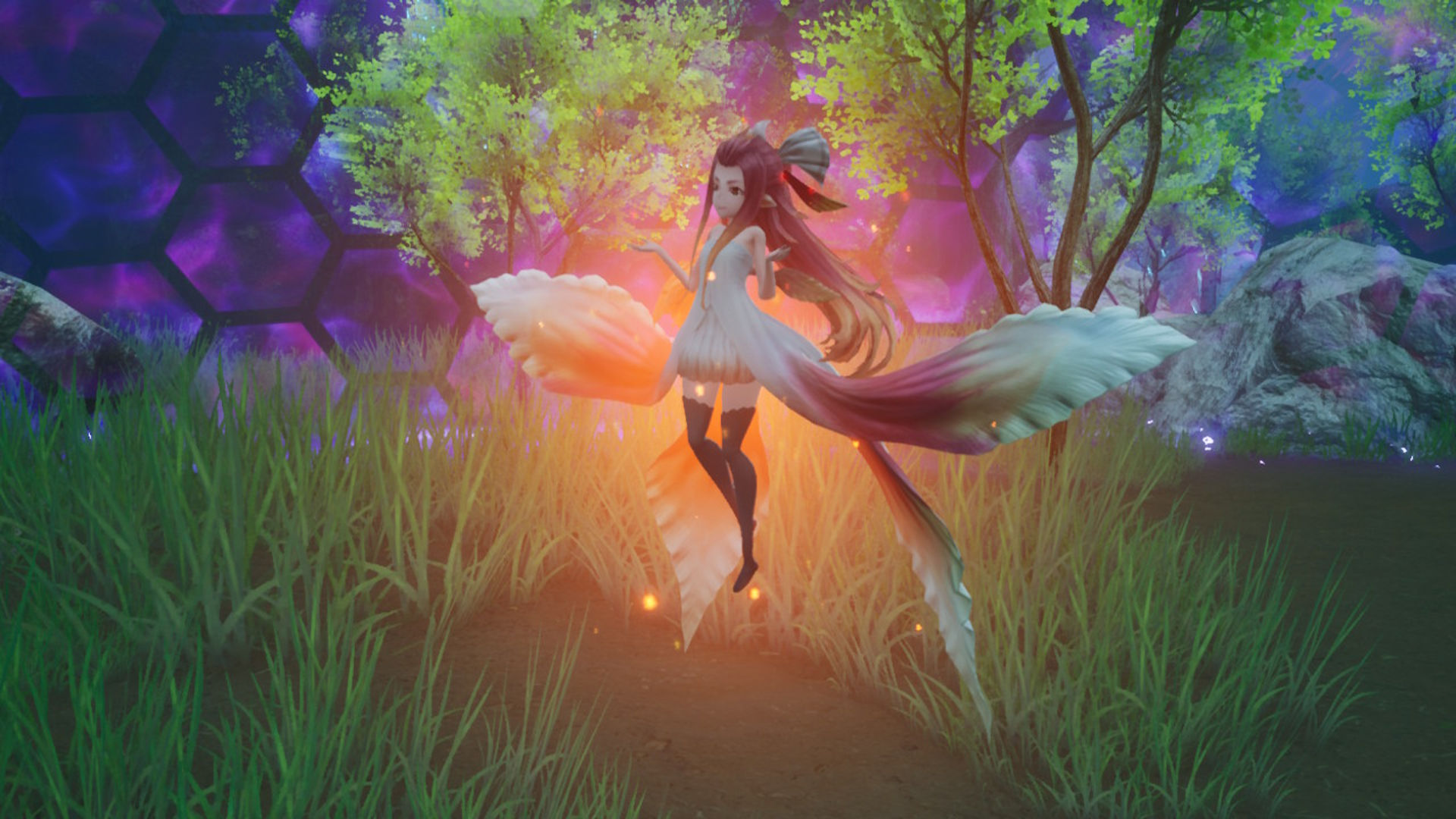
The fact that Harvestella doesn’t have dodge or block moves is its biggest flaw in battle. Some people are still not sure if Harvestella really has a way to dodge, though. In most jobs, the “step” ability you can get is supposed to be the dodge ability, but it’s very hard to get good at it. But don’t think that this means “difficult” in the sense that it’s a good task. In the Dark Souls games, for example, it’s hard to learn how to dodge a boss and learn their moves at the same time, but it’s also fun and satisfying. It’s hard to avoid things in Harvestella because it feels awkward and bad. Sometimes it’s even made to be difficult.
Jobs
In Harvestella, there are 10 known jobs that you can unlock. Each one looks and acts differently. Fighter, Mage, Assault Savant, Sky Lancer, Shadow Walker, Mechanic, Woglinde, Avenger, Pilgrim, and Lunamancer are some of these. Harvestella makes the fights for these jobs a little different from the others, but not as much as you might want. Some jobs focus on close-range magic or physical attacks, while others focus on long-range ones. In the end, though, they all depend on pressing a lot of buttons.
But the game makes each job useful and important by making different foes weak and resistant to different kinds of strikes at different points in the game. You should switch up the jobs you have prepared at all times because of this.
You also feel like you’re making progress because you keep getting new skills and powers by earning job points. When you fight for a certain job, you can win job points for that job. However, this could be too much at times since you get new jobs so fast and probably won’t be able to max out each one before going on to the next without a lot of grinding.
A Dungeon
The tunnels are one of the best things about Harvestella. Each level looks different and has different monsters. You might not be able to finish a dungeon in a single run, but the game is set up so that each run will move you forward indefinitely. You can teleport back to checkpoints that you can open along the way. There are also shortcuts you can make in the tunnels by building bridges and stairs. This will help you get further the next time you go back.
There are also enemies in the caves called FEAR that you need to avoid by planning your moves. There are also some fun random events that you can choose to do, like digging through a pile of rocks to find a cool item or trying a weird plant to see how it makes you feel. All of these things make each maze interesting from start to finish.
Big Boss

There is an interesting story behind each boss in Harvestella. Even better, the bosses in this game are harder than I thought they would be, especially considering how the game was advertised. You’ll need to plan which team and job you use to beat each enemy because they all have different moves and flaws.
The fights are hard enough that you need a plan, but not so hard that you will get stuck on one for too long. Also, you don’t have to grind to beat any of them, as long as you explore the levels well and finish the side quests.
Farming
At first glance, farming seems very simple, even downright boring. You only have a small area of land to work with at first, and you can’t break all the rocks on it. Buying seeds, planting, watering, gathering, and selling crops are the first steps in farming. Before farming really gets going, you have to do this a lot of times.
As the game goes on, farming gets a lot more complicated. You get animal pens, seasonal crops, bigger plots of land, and tools that can turn some crops into other foods, spices, jams, animal feed, and more. There will be a lot of new skills that you can use to make farming faster and more efficient.
Crafting
The crafting method in Harvestella isn’t really special, which is a shame. Explore the caves to find resources. When you get back to your house, you can use these resources at a crafting table to make things. You can make things that will help you explore or tools that will help you grow better. Plan how much time you want to spend on creating each day because each thing takes a different amount of time to make. Luckily, the game skips ahead to the point where you can use each thing right away, instead of making you wait until it’s finished.
Cooking
Cooking in Harvestella is easy, just like making. The different meals can help you in many ways, like increasing your speed, strength, physical attack, and more. You’ll need to cook food in order to fight bosses and dungeons, and you’ll mostly need to farm and explore to find the food you need.
One cool thing about Harvestella’s cooking mode is that you can get prizes for helping the people in town make their meals. You can get useful things as a prize if you cook the meals and bring them in.
An epic story that builds slowly
In line with what we’ve seen so far, Harvestella’s story also takes a while to get going. At the beginning of the game, you discover that the Seaslights, four enormous crystals, govern the entire world. The sealights control the seasons. At the end of each season, something called “Quietus” happens and affects everyone who goes outside. Also, all the crops die.
Your character, on the other hand, is different, and you have no idea why. Because your character has amnesia, there isn’t much past information given. The mayor and doctor of Lethe take you in. They give you a shack outside of town and teach you how to be a useful citizen. You have to figure out what’s going on with the Seaslights, which started acting up right before you got there. This is one of the first big jobs in the game.
You didn’t really understand anything about the Seaslights for a long time, though. In chapter four, you really get a sense of what’s going on in the story as a whole. This is a very important turning point. Some people don’t like this, but if you get far enough, it’s worth the wait.
Speaking out loud
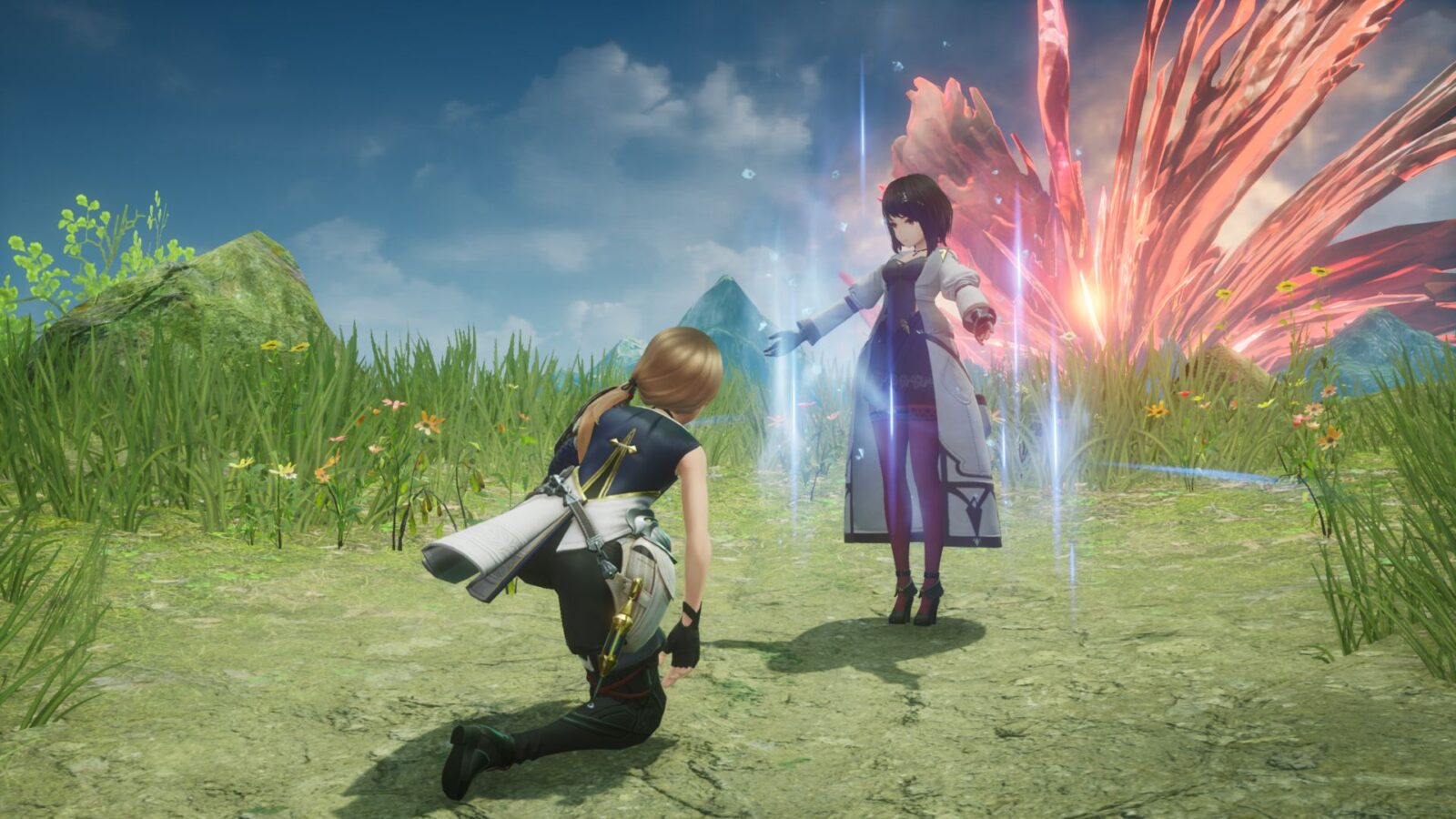
Having said that, Harvestella’s conversation choices don’t really do anything. Most of the time, you have two choices that either mean the same thing or will result in the same result, no matter what you choose. Thus, the conversation choices feel like a chore, which significantly slows down the game since they could have added a main character who spoke for themselves instead.
Making a character
This is not the right game for you if you want to make your own character and change their looks. Except for gender and a few hairstyle options, Harvestella doesn’t give you many ways to make your character unique. When you add in conversation choices that don’t change anything, the main character feels like a shell of a person who is very far away from you as a player. One of Harvestella’s weaker points is this hit to the role-playing part.
Building Character
There are some good things about the other characters in Harvestella, though. Every one of the key characters has their own attitude and look. Also, Harvestella does a good job of building up the characters’ backstories and your connections with them over time. Even minor figures often have personalities and lines that stand out. It’s not likely that you’ll feel connected to your own character, but most of the others are cute in their own ways.
Extra quests
The side quests in Harvestella were a good mix of fun and interesting, but also boring and pointless. Some stories were easy to care about, especially when later in the game there is a second or even third side quest that picks up where the first one left off with the same characters.
Harvestella, on the other hand, has the usual “run and fetch” tasks that many games have. Your back and forth running from one place to another will never stop. And it gets worse: you’ll have to run a few feet between talks, which will add load times that you didn’t need and could have easily avoided.
It’s easy to mark side tasks in your quest log, which is great. All of them are also marked on the map, so you don’t have to randomly walk around to finish them or look for things that other people want you to get.
A Masterpiece of Story
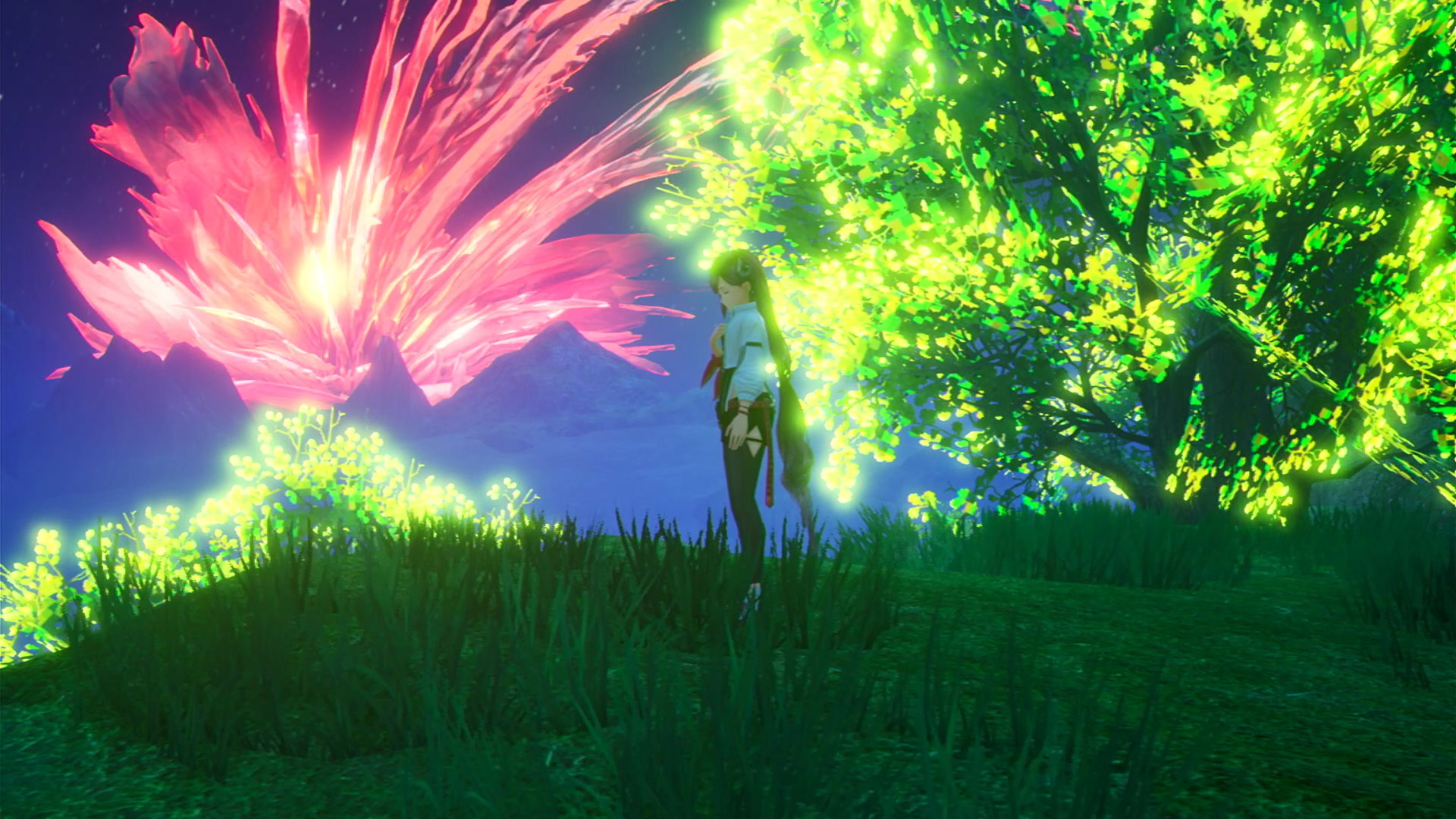
While Harvestella’s graphics aren’t particularly impressive, Square Enix is still able to make the landscapes look stunning for what they are. Some of the most beautiful towns and scenery in current games can be found in Harvestella. Together, this and the soothing music that plays in the background give Harvestella a calm atmosphere.
While the game is mostly about fighting, and there are some tough boss fights, the way it looks makes it feel more like an epic sleeping story. The overall mood of Harvestella is one of its best features, thanks to how well the graphics work with the game’s dramatic story and conversation.


